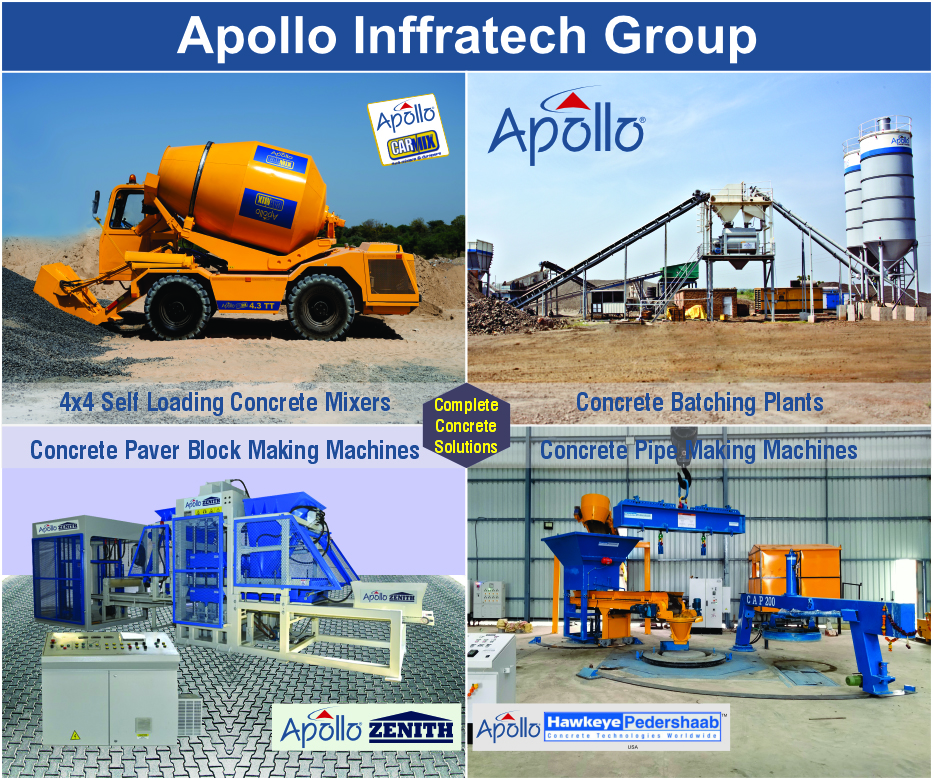In the evolving broadband infrastructure market, Render Networks is betting on artificial intelligence to do more than monitor job sites — it may soon design the networks themselves. CEO Stephen Rose stated that by analysing geospatial information, drone imagery, and mapping data, AI can produce “constructible designs done a lot by AI technology.”
Rose explained that the goal is to reduce the gap between the original design and the final build to within “2 to 4%” deviation. He added that the benefits extend beyond construction crews — municipalities, permitting offices, and utility damage prevention agencies could all gain from improved workflow efficiencies.
Despite the optimism, Rose emphasised that machines will not replace humans entirely. “The AI isn’t going to dig the hole for you,” he said, reinforcing that manual labour and field expertise remain essential. He also predicted that companies providing planning, design, and engineering services will evolve into “another variant of software firms” as AI becomes more integrated into their operations.
As broadband rollouts accelerate globally, Render Networks’ vision signals a broader shift — from traditional blueprints to AI-driven, precision-engineered deployments that promise faster, smarter, and more efficient construction.









